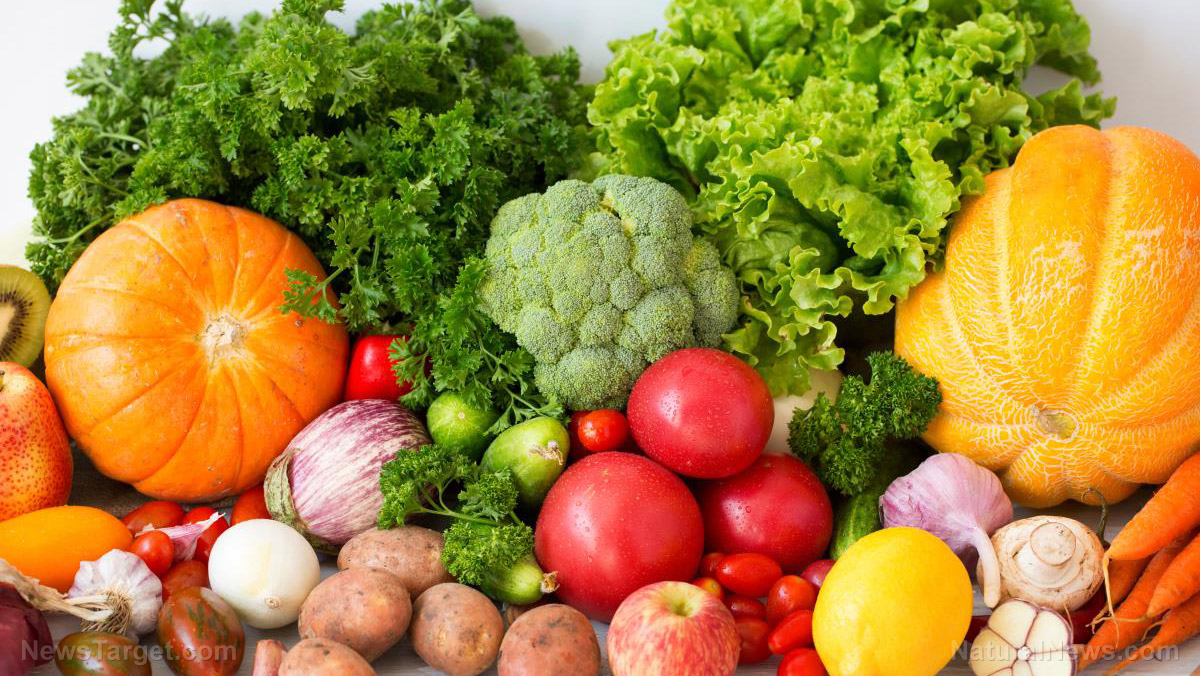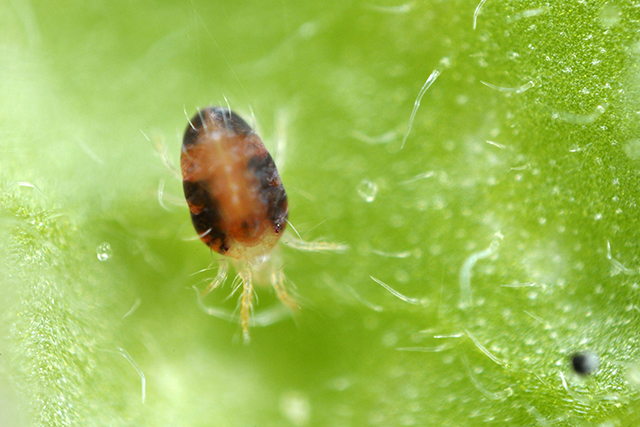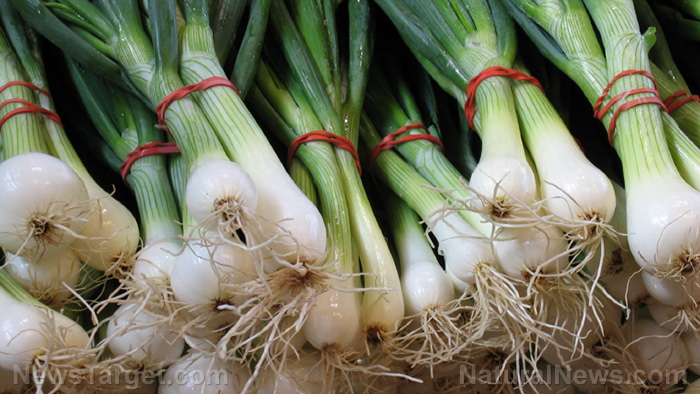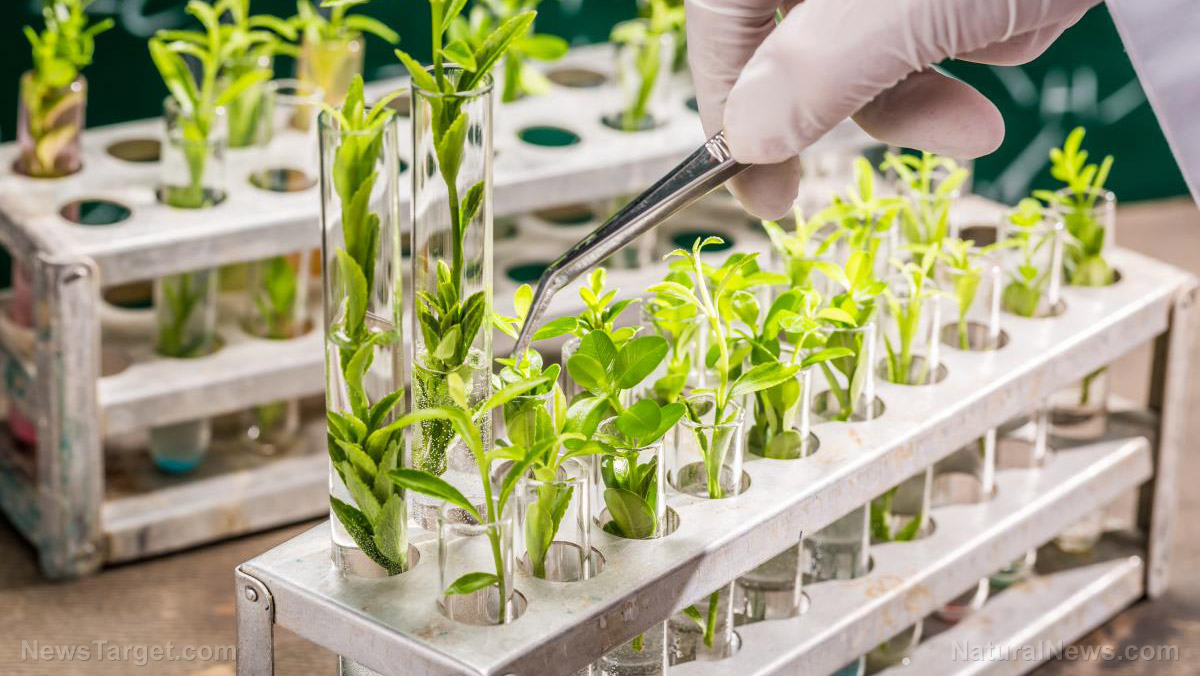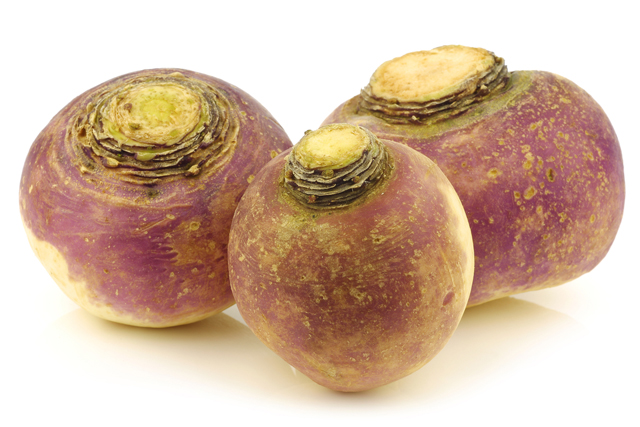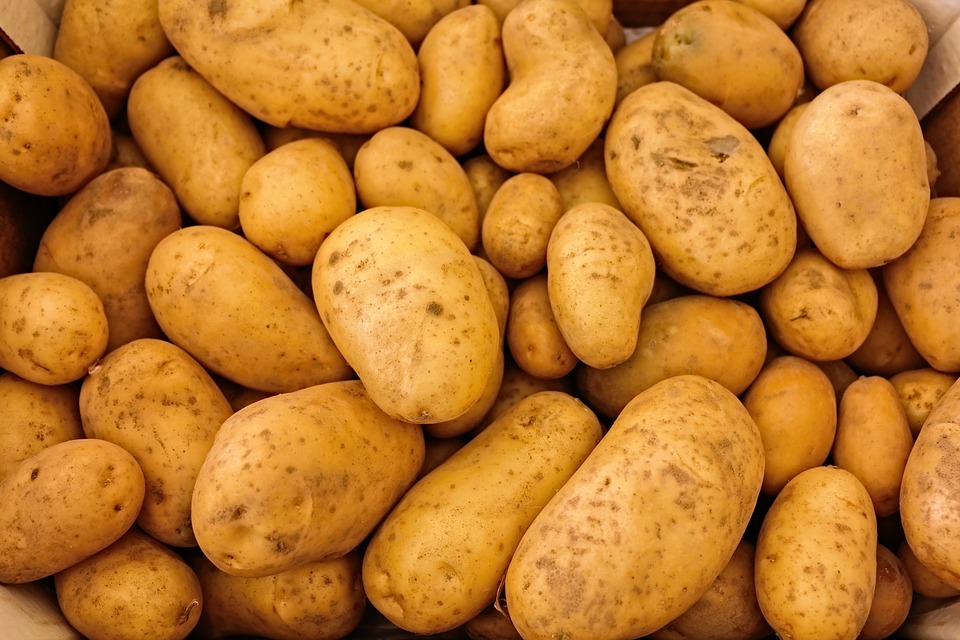Turnip Greens – sources, health benefits, nutrients, uses and constituents at NaturalPedia.com
07/29/2017 / By Jhoanna Robinson
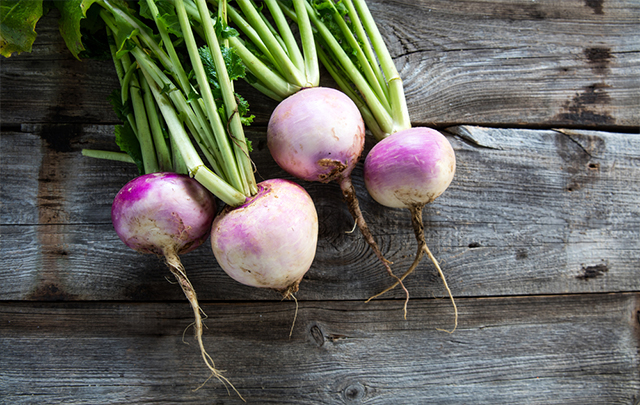
Turnip greens, which have the scientific name of Brassica rapa, belong to the Cruciferae family, whose members include broccoli, Brussel sprouts, cabbage, cauliflower, and kale, among others. Turnip greens have two varieties – topper and alamo.
When crossed with a cabbage, a turnip green can evolve into a rutabaga, which has different scientific terms including Brassica napobrassica, Brassica napus var. napobrassica, and Brasscia napus subsp. Rapifera.
Turnips are cultivated all over the world – especially in the United Kingdom, Canada, China, Japan, Mexico, Scandinavia, and the United States – for their roots rather than their leaves. However, some states in the U.S., for instance California, that tend to grow a lot of cruciferous vegetables, do not regularly grow turnip greens; the total acreage of turnip green crops in California is less than 500.

List of known nutrients
- Alanine
- Alpha-Carotene
- Arginine
- Beta-Carotene
- Biotin
- Calcium
- Carotenoids
- Choline
- Chromium
- Copper
- Cryptoxanthin
- Cysteine
- Dietary Fiber
- Glucosinolates
- Iodine
- Iron
- Isoleucine
- Leucine
- Linoleic
- Lutein
- Lycopene
- Lysine
- Magnesium
- Manganese
- Molybdenum
- Omega-3 Fatty Acids
- Omega-6 Fatty Acids
- Phenylalanine
- Phosphorus
- Potassium
- Proline
- Protein
- Selenium
- Serine
- Sodium
- Taurine
- Threonine
- Tryptophan
- Tyrosine
- Valine
- Vitamin A
- Vitamin B1 (Thiamine)
- Vitamin B2 (Riboflavin)
- Vitamin B3 (Niacin)
- Vitamin B5 (Pantothenic Acid)
- Vitamin B6 (Pyridoxine)
- Vitamin B9 (Folate)
- Vitamin B12 (Cobalamin)
- Vitamin C
- Vitamin D
- Vitamin E
- Vitamin K
- Zeaxanthin
- Zinc
Medicinal uses for turnip greens
Turnip greens are rich in glucosinolates, which have cancer-fighting properties and provide for the detoxification processes within our cells. There is something in the glucosinolate composition of turnip greens that make them unique to other cruciferous vegetables – the presence of gluconapin and glucobrassicanapin – and which make them seem like they belong more to the Brassica family, of which rapeseed (source of canola oil) is a member of.
Body systems supported by turnip greens
Turnip greens are good for the cardiovascular system. They help control heart rate and blood pressure. They even have elements that are essential for proper red blood cell production.
Ways to use turnip greens
Turnip greens are best steamed, boiled, or sauteed, as these processes can ensure that turnip greens won’t lose their nutritional value. A meal suggestion is to saute turnip greens in cayenne pepper, lemon juice, and soy sauce.
For more recipes and ways to prepare turnip greens, turn to The World’s Healthiest Foods.
Where to learn more
- Natural Treatments for Osteoporosis
- Healthy food and drink choices that can treat, cure type-2 diabetes
- 7 Plant-based Foods for Stronger Bones
- B vitamins can help prevent breast cancer
- Love to juice? Learn these simple mistakes before making your next concoction
Summary
Turnip greens have cancer-fighting properties and provide for the detoxification processes within our cells.
Turnip greens are good for the cardiovascular system.
Sources include:
Tagged Under: turnip greens



